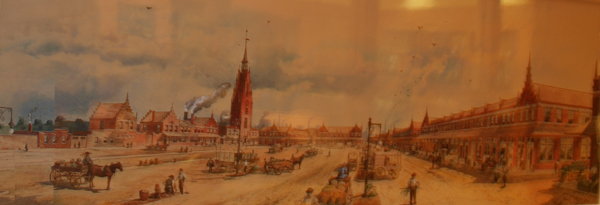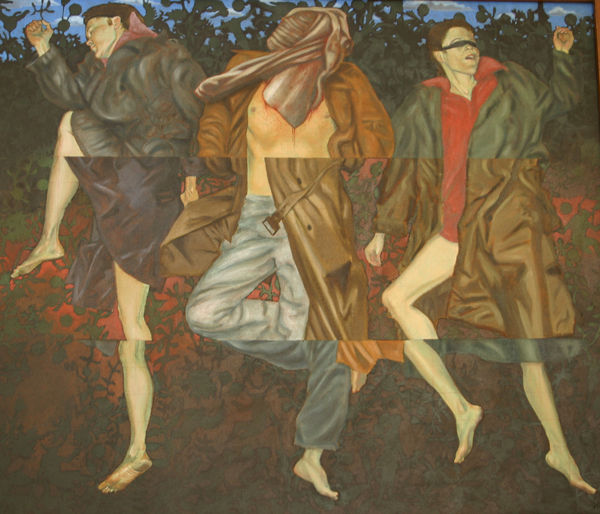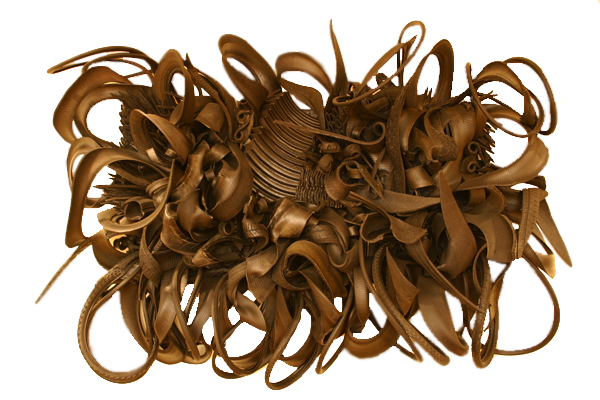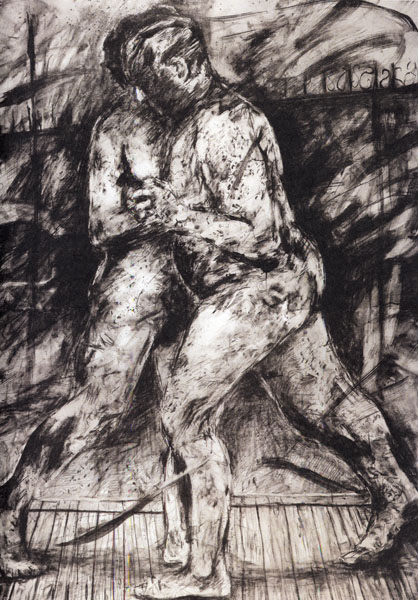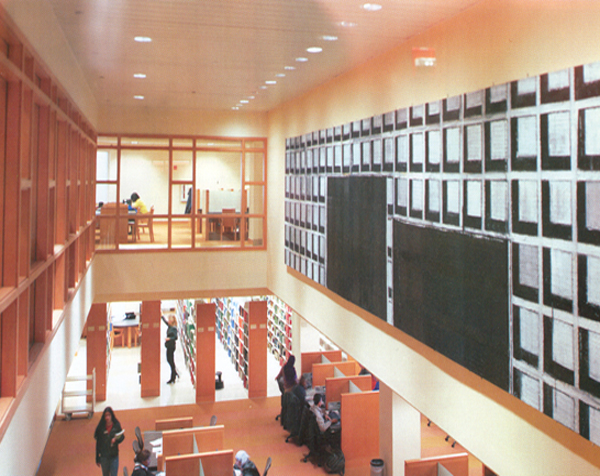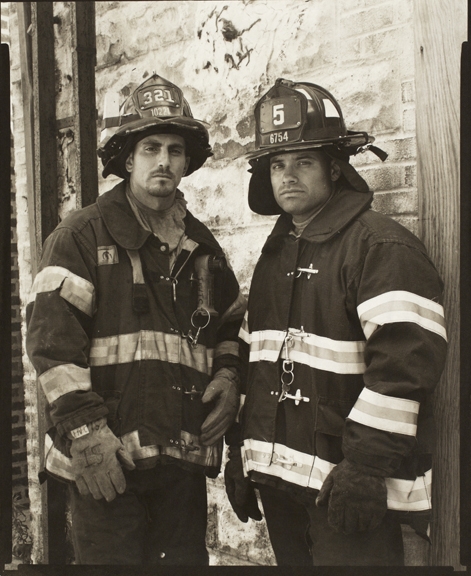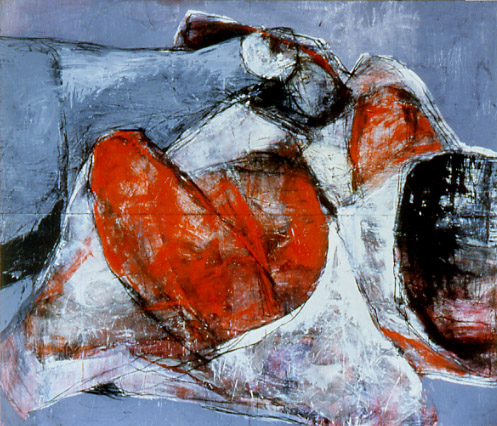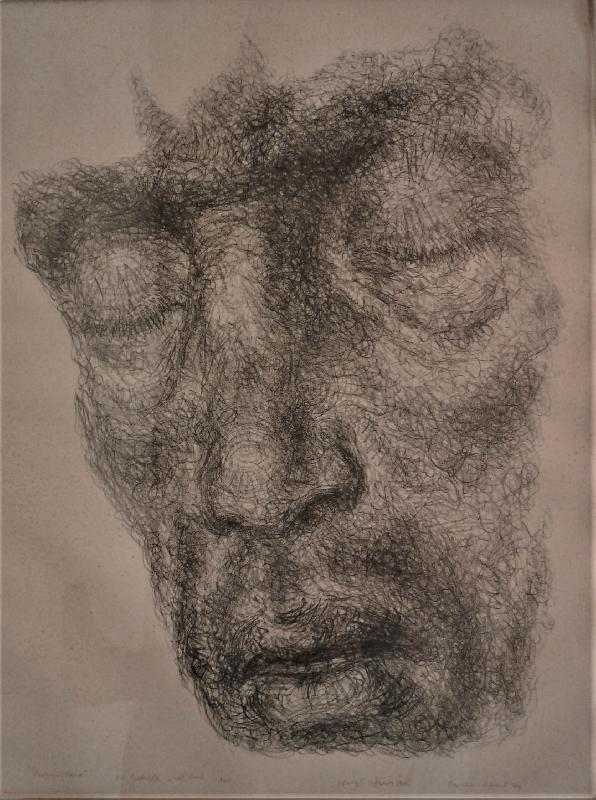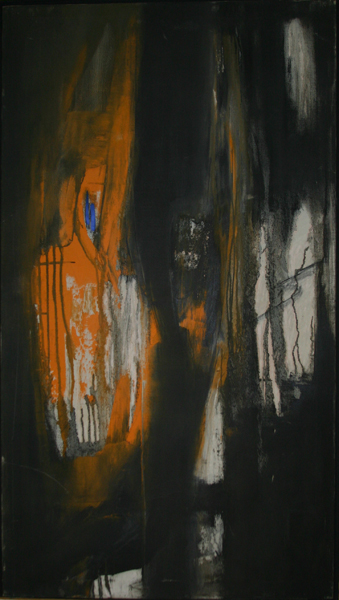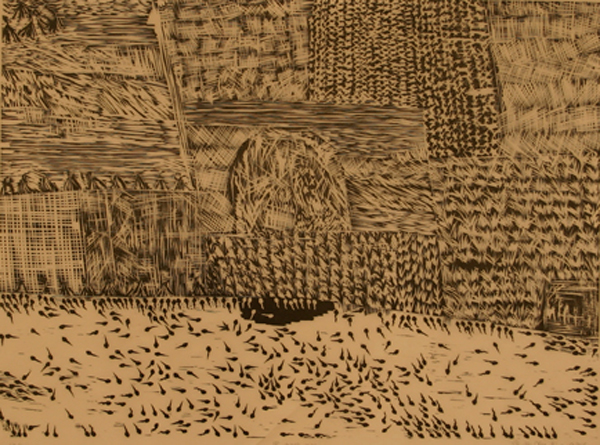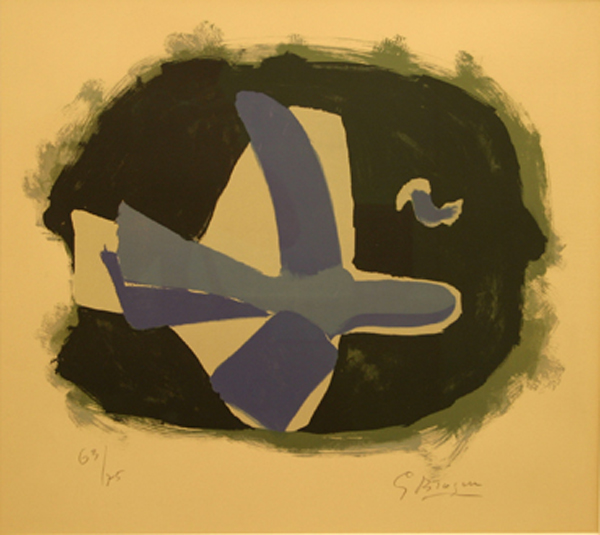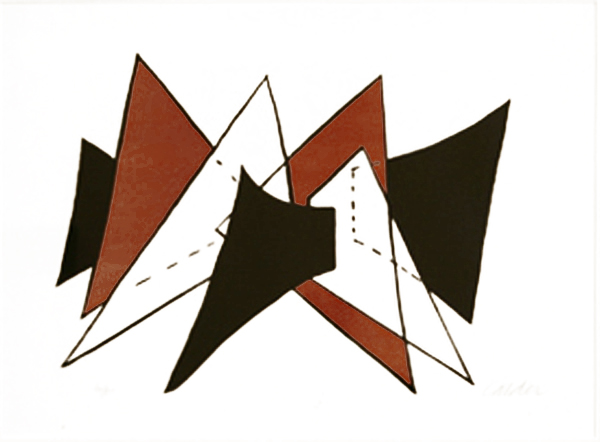Basement

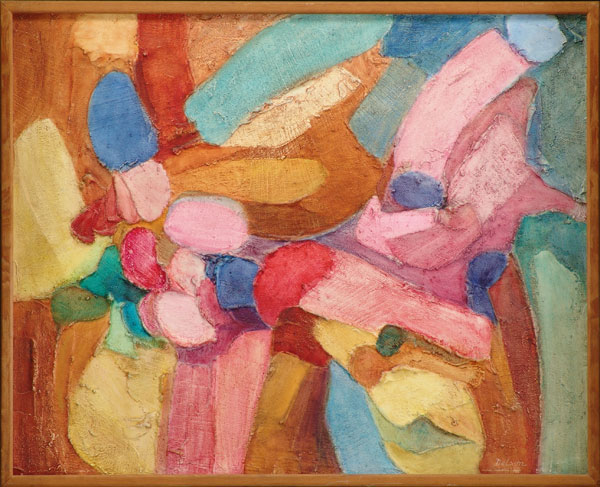
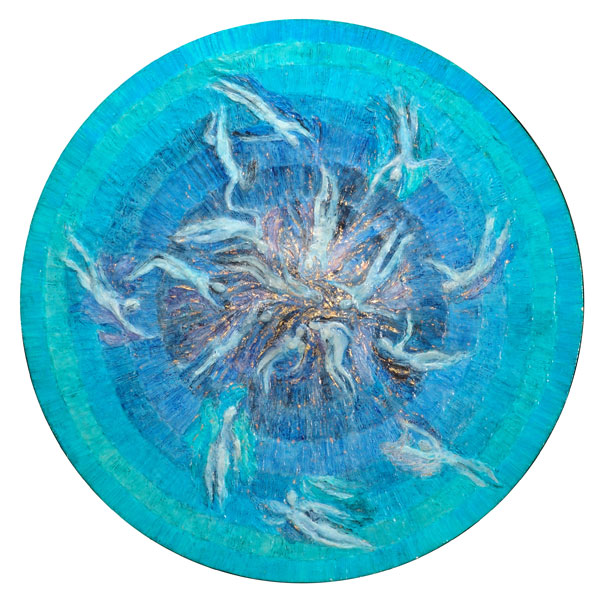
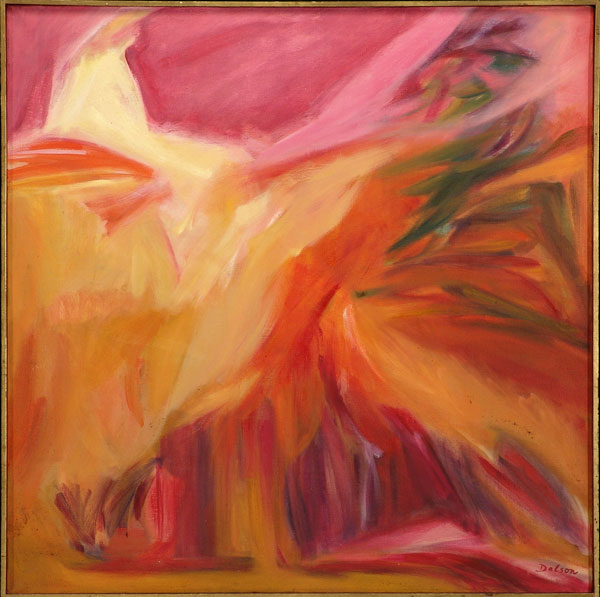

En el taller de mi abuela (In my grandma’s workshop)
Artist: Alberto Marcos Bursztyn (American)
Date: 2016
Medium: Mixed media
Size: n/a
Location: Lower level
Provenance: The Brooklyn College Library Collection. Gift of Alberto Marcos Bursztyn.
The Brooklyn College Library Collection. Gift of Alberto Marcos Bursztyn.
As a child, I often sat on the floor of my abuela Sara’s workshop while she was busy in the kitchen making delicious meals. Her dressmaker’s workshop was her livelihood, but also my playground. Gathering strips of cloth, searching for interesting buttons, hiding under the worktable and pretending to disappear, the workshop invited me to imagine. The piece evokes echoes from that period and celebrates her craft. It honors the strength and creativity of immigrant women who mend,stitch, and keep their families together with found remnants and threads of memory. My grandmother’s family migrated to Argentina in the early 1900’s escaping violent outburst of antisemitism in Ukraine. My mother in-law, a gifted dressmaker born in Poland, survived Nazi labor camps, including Auschwitz-Birkenau by sewing fashionable evening wear for female Nazi guards. Thread spools from her Brooklyn sewing kit form the necklace of this piece.
The mannequin is covered by strips of maps from every corner of the planet, but each strip tells only a fragment of a story. Only when assembled together, we discern their purpose and aesthetic quality. The belt depicts a seismographic reading of a major earthquake, a reminder of traumas that bind and contain a fragmented past.

A New Direction(Marine Forms II)
Artist: Elizabeth Delson (American, 1932-2005)
Date: 1974
Medium: Oil relief, sand on wood panel
Size: 24" x 30"
Location: Lower level
Provenance: Gift of Sidney L. Delson. © Artist's Estate
Gift of Sidney L. Delson. © Artist's Estate
Delson was a painter and printmaker whose works reflected her exploration of nature and spiritual moods. Delson described her artistic philosophy this way: "Through painting and graphics I explore images to uncover the dynamic forces behind their appearance: emergence, growth, decay, metamorphosis. I try to capture the process of change in time and space, to crystallize a living moment and convey its vitality." These paintings, completed midway through her career, reflect her unique forms, energy, vibrant color, and light.

Celestial Spheres
Artist: Elizabeth Delson (American, 1932-2005)
Date: 1974
Medium: Acrylic relief with gold leaf with built-up center on wood panel
Size: 30" round
Provenance: Gift of Sidney L. Delson. © Artist's Estate
Gift of Sidney L. Delson. © Artist's Estate
Delson was a painter and printmaker whose works reflected her exploration of nature and spiritual moods. Delson described her artistic philosophy this way: "Through painting and graphics I explore images to uncover the dynamic forces behind their appearance: emergence, growth, decay, metamorphosis. I try to capture the process of change in time and space, to crystallize a living moment and convey its vitality." These paintings, completed midway through her career, reflect her unique forms, energy, vibrant color, and light.

Fiery Fields
Artist: Elizabeth Delson (American, 1932-2005)
Date: 1968
Medium: Oil on canvas
Size: 30" x 30"
Location: Lower level
Provenance: Gift of Sidney L. Delson. © Artist's Estate
Gift of Sidney L. Delson. © Artist's Estate
Delson was a painter and printmaker whose works reflected her exploration of nature and spiritual moods. Delson described her artistic philosophy this way: "Through painting and graphics I explore images to uncover the dynamic forces behind their appearance: emergence, growth, decay, metamorphosis. I try to capture the process of change in time and space, to crystallize a living moment and convey its vitality." These paintings, completed midway through her career, reflect her unique forms, energy, vibrant color, and light.
